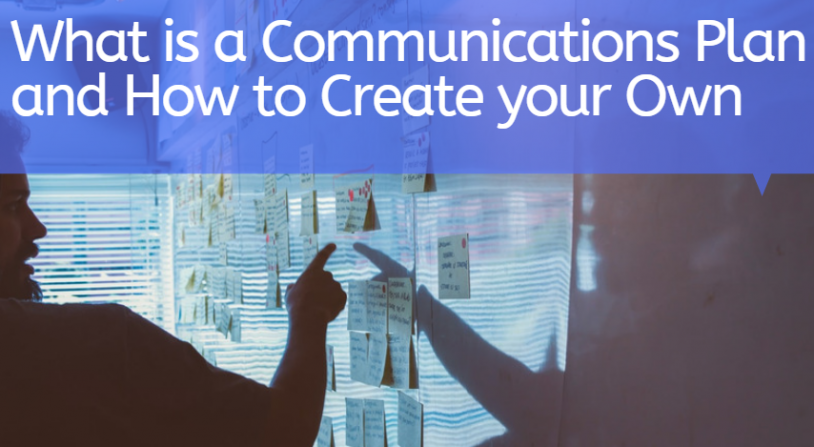Small companies and startups face intense competition for attention in today’s crowded marketplace. Many founders believe they need deep pockets to make an impact through public relations, but the reality tells a different story. Smart, strategic PR doesn’t require a massive budget – it demands creativity, relationship-building, and consistent execution. By focusing on high-impact tactics and leveraging free and low-cost tools, startups can build meaningful media relationships and gain valuable coverage that drives business growth.
PR Overview
Setting Clear PR Goals and Strategy
The foundation of effective PR starts with defining specific, measurable objectives. Rather than pursuing general “brand awareness,” successful startups identify concrete targets like securing coverage in three industry publications per quarter or building relationships with five key journalists in their space.
Start by mapping your target audience and the publications they read. Research shows that 70% of consumers prefer getting to know a company through articles rather than ads, according to Nielsen. This makes earned media particularly valuable for startups looking to build credibility.
Your PR strategy should align with broader business goals. If you’re launching a new product, focus PR efforts on product reviews and demonstrations. If you’re entering a new market, prioritize local business press and industry analysts who can validate your expansion.
Maximizing Free PR Tools and Resources
The PR toolkit available to startups has expanded dramatically. Services can connect companies directly with journalists seeking expert sources. Google Alerts lets you monitor mentions of your brand, competitors, and industry keywords at no cost.
Social media platforms serve as powerful PR channels when used strategically. Twitter lists help you follow and engage with relevant journalists. LinkedIn’s publishing platform gives founders a free outlet for thought leadership content that can catch media attention.
Many journalists now prefer to be pitched through social media rather than email. A 2022 Muck Rack survey found that 76% of journalists say Twitter is their most valuable social network for their work.
Building Media Relationships Without a PR Firm
Personal outreach beats mass pitching every time. Start by creating a focused media list of 10-15 journalists who regularly cover your industry or similar companies. Follow their work, engage thoughtfully with their social posts, and look for opportunities to provide genuine value before asking for coverage.
When you do pitch, keep it brief and relevant. Journalists receive hundreds of pitches weekly. Make yours stand out by:
- Leading with a compelling news hook
- Explaining why their specific audience would care
- Including ready-to-use quotes and resources
- Offering exclusive data or insights when possible
Creating Compelling Content That Earns Coverage
Media coverage often starts with strong owned content. Develop a company blog that showcases your expertise and provides real value to readers. Share original research, industry analysis, and customer success stories that journalists can reference.
Press releases still matter but require a modern approach. Focus on truly newsworthy announcements and include multimedia elements like images, videos, and infographics that make your story more shareable. Distribution services like PRWeb offer affordable options for smaller companies.
Customer testimonials, case studies, and industry awards provide external validation that makes your story more compelling to media. Actively collect and promote positive feedback across channels. Apply for relevant industry awards – many have free or low-cost submission options for startups.
Consider creating an advisory board of industry experts who can speak to your company’s value proposition. Their credentials add weight to your PR efforts and expand your network of media contacts.
Measuring PR Impact Without Enterprise Tools
Track key metrics using free and low-cost tools:
- Google Analytics for website traffic from PR mentions
- Social listening tools like TweetDeck for brand mentions
- Excel spreadsheets to log media coverage and relationships
- UTM parameters to measure referral traffic from specific articles
Focus on metrics that tie directly to business goals like lead generation, website traffic, and sales conversations sparked by your startup PR efforts.
The most effective PR programs combine consistent execution of these fundamentals with opportunistic outreach when news breaks in your industry. Stay focused on providing real value to journalists and their audiences rather than just promoting your company. Build relationships before you need them, create compelling content worth covering, and measure what matters. With time and dedication, these strategies can generate meaningful results without requiring a massive budget. The key is starting small, staying consistent, and continuously refining your approach based on what works for your specific market and audience.
Creating an Effective Communications Plan
Creating an effective communications plan requires careful planning, strategic thinking, and a...
What Is Public Relations and Why Is PR Important?
Many people only know what PR is from Mad Men. Most have a vague understanding of what public...
Securing the Future of Embedded Finance: A Strategic Guide to Cybersecurity
Financial services now integrate seamlessly into everyday digital experiences, from ride-sharing...




